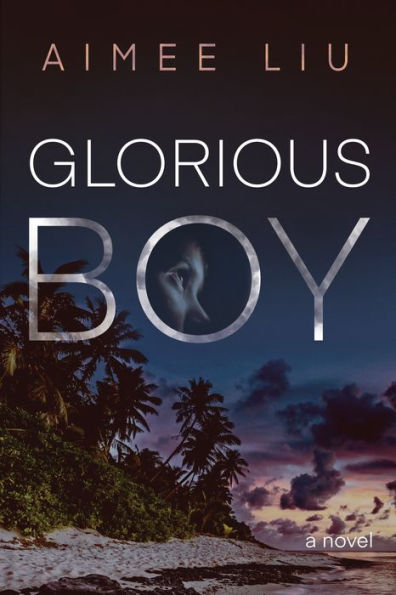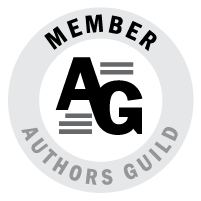Power Up Your Passive Protagonists!
Hello everybody,
Here's the latest from my MFA Lore newsletter on Substack
I’m back in the MFA archives again, mining gems that could bring value to your writing life. Today’s diamond in the rough is a letter about passive protagonists that I wrote to one of my most talented MFA advisees. With her permission, I’m going to share pertinent sections of this letter with you because, over the years, I’ve found that many, if not most of us, unwittingly hobble our protagonists in the inception. Activating them, then, becomes a priority in revision.
This advice is geared primarily toward fiction writers, but I urge memoirists to take note, too. When we write our own stories, we need to cast ourselves as active narrators, plunging into the past to rescue buried truths. There’s nothing passive about that role, yet it can be difficult to see and write ourselves onto the page in a truly active voice.
Passive protagonists and narrators are especially common in the work of female writers born into generations that discouraged or prevented women from speaking up, acting on their desires, and fighting for their rights. Women who were raised to hold themselves back, to mind their tongue, suppress their desires, and behave like “ladies,” could be forgiven if they struggled to speak their minds and demand the attention they deserved. For more than a century, then, the muted struggle between expression and restraint supplied the dramatic tension at the heart of fiction like Kate Chopin’s The Awakening, Sylvia Plath’s The Belljar, and Virginia Woolf’s To The Lighthouse. But interest in such straitjacketed characters has waned in the era of Olive Kitteridge, Lisbeth Salander, and Hermione Granger. And that’s a problem for writers like me.
I belong to the generation that came of age during the Women’s Movement of the 60s and 70s, and as a result I’ve always straddled this active/passive divide, both in my life and in my work. I wrote Solitaire, America’s first anorexia memoir, for example, and since then I’ve written extensively on the role of passivity in the kabuki performance otherwise known as eating disorders:
Let’s say you cannot speak. You don’t dare ask for help, but you can’t resolve your problems alone. What do you do?
One strategy might be to act out your distress. You might go hungry, shaping your figure like an empty spoon, as hollow and lifeless as you feel. You might secretly stuff your body with food the way you’ve stuffed down fear and shame, and then violently purge, as if to get rid of those unspeakable emotions. Or you might just keep on eating more and more until the outside world seems to shrink by comparison, each new binge mimicking the onslaught of feelings too huge to contain within the mold of acceptable expectations.
When viewed as wordless cries for relief, the psychological pantomimes of anorexia, bulimia and binge eating make perfect sense.
But the same passivity that once fomented my eating disorder has also bedeviled my fiction, especially in my first drafts of female protagonists. The problem is that my default is to model them on myself. I therefore imagine women who spend most of their time thinking alone in their room or watching silently from a distance as other people dance and fight. Part of this comes from being an introvert, part from my upbringing, but the upshot is characters that my husband endearingly calls “pills.”
It takes a lot of concerted effort and attention to transform these pills into alert, smart, engaged characters who wise up to themselves, for better and for worse, and take the kind of risks that earn readers’ connection. I willingly put in that effort, and my protagonists get a lot more interesting in the process. Still, I have to intentionally remind myself that women can and must act up in fiction as in life.
Characters must act on their feelings in order to set in motion the chain of reaction and consequence and discovery that is, in fact, what makes a story.
Years of teaching and studying creative writing have convinced me that I have lots of company when it comes to curtailing protagonists. And while women may be more likely to restrain their characters physically, men are just as likely to curse their characters with intellectual and emotional passivity. So, this is an equal opportunity announcement:
Protagonists need to be mentally, physically, and emotionally engaged on every page, and they need to make change happen throughout your story, regardless of their gender.
TO ACCESS THE REST OF THIS POST, PLEASE CLICK HERE
TO SUBSCRIBE FOR FREE TO MFA LORE
ON AIMEE LIU'S LEGACY & LORE SUBSTACK



